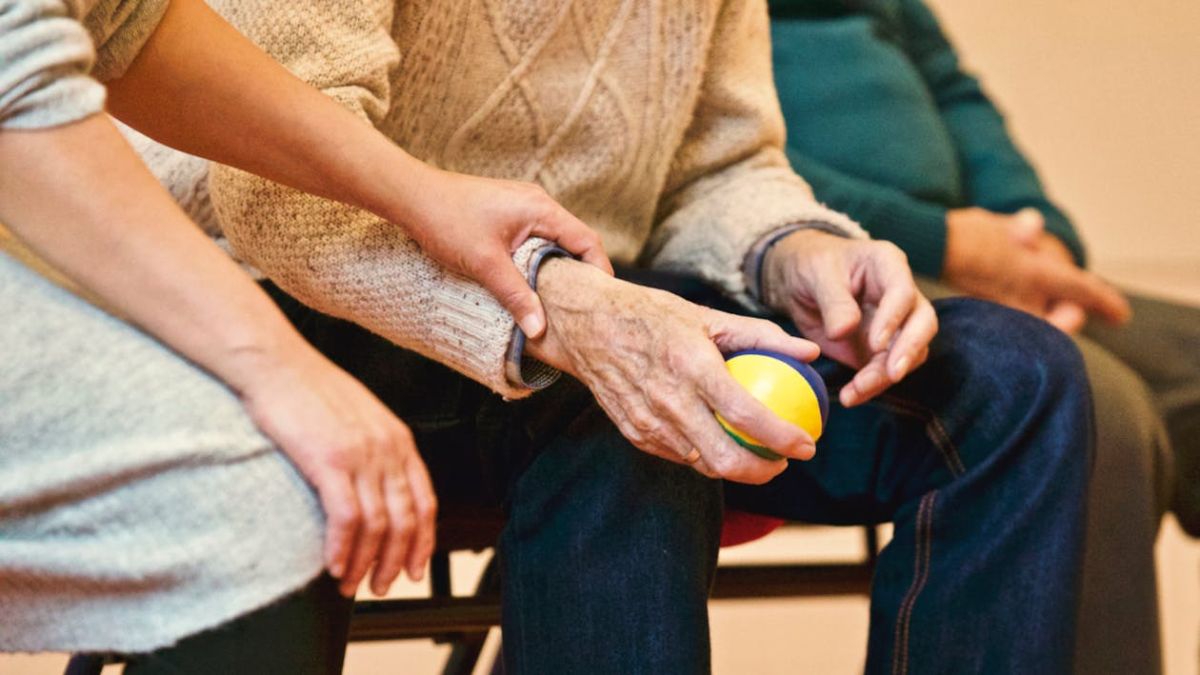When it comes to a stroke, rapid access to medical treatment makes the difference between full recovery and permanent disability. This stroke awareness month, we urge you to know the signs of stroke. Fast treatment can lessen the severe brain damage that a stroke can cause. By knowing the signs and symptoms of stroke, you can take quick action and perhaps save a life—maybe even your own.
What is a stroke?
A stroke is another name for a Cerebrovascular Accident or CVA. A stroke is categorized as a disease that affects the arteries leading to and within the brain. It happens when a person’s blood flow to the brain is interrupted or stopped, or when a blood vessel in the brain bursts. In either case, parts of the brain become severely damaged or die. A stroke is an urgent medical emergency, and it can cause lasting brain damage, long-term disability, or even death. They are ranked fifth in causes of death in the United States, and it is one of the leading causes of disability in the United States.
The brain controls our movements, stores our memories, and is the source of our thoughts, emotions, and language. The brain also controls many functions of the body, like breathing, movements, and digestion. To work properly, your brain needs oxygen. Your arteries deliver oxygen-rich blood to all parts of your brain. If something happens to block the flow of blood to parts of the brain, that part of the brain will no longer function and brain cells start to die within minutes because they can’t get oxygen. This is what happens during a stroke.
Warning signs
During a stroke, every minute counts! To help identify if someone is having a stroke, think of the word “F.A.S.T.” The following symptoms occur suddenly and without any precipitating factors during a stroke:
- Face drooping: one side of the face is numb or their smile is uneven or lopsided.
- Arm weakness- one arm is weak or numb or one arm drifts downward when trying to raise both arms.
- Speech difficulty: speech is slurred and they’re unable to speak or hard to understand.
- Time to call 911: If someone is showing any of these signs, even if the symptoms only last a short time, call 911 and get to a hospital immediately.
The risk of having a stroke is higher if the person has already had a stroke or a transient ischaemic attack (also called a TIA or mini-stroke). Certain types of irregular heart beats can also cause strokes. You can reduce your risk of having a stroke, or having another stroke by taking any medications that you’ve been prescribed, and making any lifestyle changes you need in order to enhance your overall health and wellbeing.
Types of stroke
There are different types of stroke. Just as strokes have many effects, they can also manifest in different ways. Along with learning with warning signs, learning the various types of strokes and related treatment can be extra beneficial towards saving a life or one’s own. The two main types are:
- Ischemic stroke- An ischemic stroke occurs when the blood supply to part of the brain is interrupted or reduced, preventing brain tissue from getting oxygen and nutrients. Brain cells begin to die in minutes.
- Hemorrhagic stroke- Hemorrhagic stroke is due to bleeding into the brain caused by the rupture of a blood vessel. Hemorrhagic stroke can be divided into two parts: intracerebral hemorrhage (ICH) and subarachnoid hemorrhage (SAH). ICH is bleeding into the brain tissue, and SAH is bleeding into the major blood vessels of the brain.
From these types, here are three subtypes:
- Transient ischemic attack- Commonly known as a mini stroke, A transient ischemic attack (TIA) is a stroke that lasts only a few minutes. It occurs when the blood supply to part of the brain is briefly interrupted. TIA symptoms, which usually occur suddenly, are similar to those of stroke but do not last as long. After a TIA occurs, the individual may not have any residual effects.
- Brain stem stroke- A brainstem stroke happens when blood supply to the base of the brain is stopped. This can affect many functions in the body, such as heart rate, breathing, and blood pressure. Someone can have an ischemic or hemorrhagic brain stem stroke. An ischemic stroke is the most common type.
- Cryptogenic stroke- Cryptogenic stroke is a stroke of unknown cause.
What causes stroke?
Like the two main types of stroke, there are two main causes: a blocked artery (ischemic stroke) or leaking or bursting of a blood vessel (hemorrhagic stroke). Some conditions and habits that can cause this include:
- high blood pressure
- high cholesterol
- diabetes
- obesity
- smoking
- unhealthy diet
- high sodium consumption
- physical inactivity
- excessive alcohol intake
A person’s risk of dying early from a stroke is linked to their cumulative lifetime exposure to certain social, economic, and physical environments that dictate access to resources, influence individual behavior, and in some cases, directly increase risk. The rate of premature death due to stroke in very high-poverty neighborhoods is over three times that of low-poverty neighborhoods. This disparity in premature stroke death rates between white and Black people has remained unchanged over the past 15 years
Conclusion
While knowing the signs and the importance of time during the occurrence of a stroke is crucial, so is understanding the statistics behind those populations that are greatly affected by the serious and sometimes fatal condition. If you think someone is having a stroke, don’t hesitate, call EMS immediately. This can be the difference between effective treatment and long term disability. This stroke awareness month, make it a priority to know the signs of stroke and your personal health history and risk factors. Not only will you be trained to potentially save a life in the case of an emergency, but you’ll be adding to the progress of the community by improving awareness and education.





